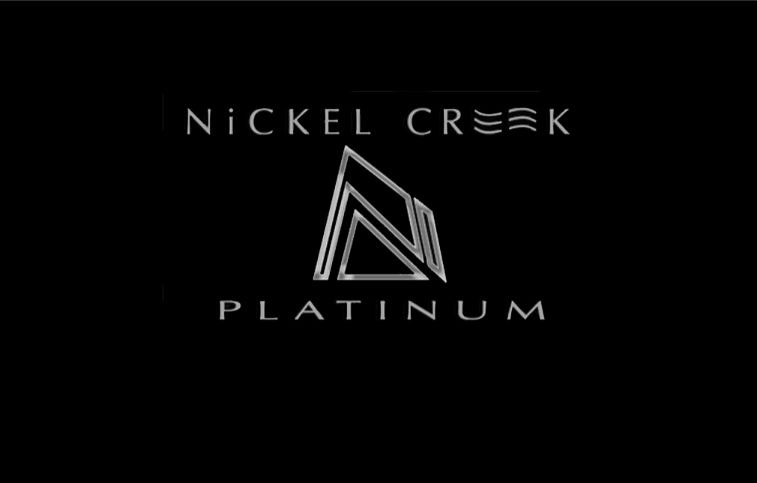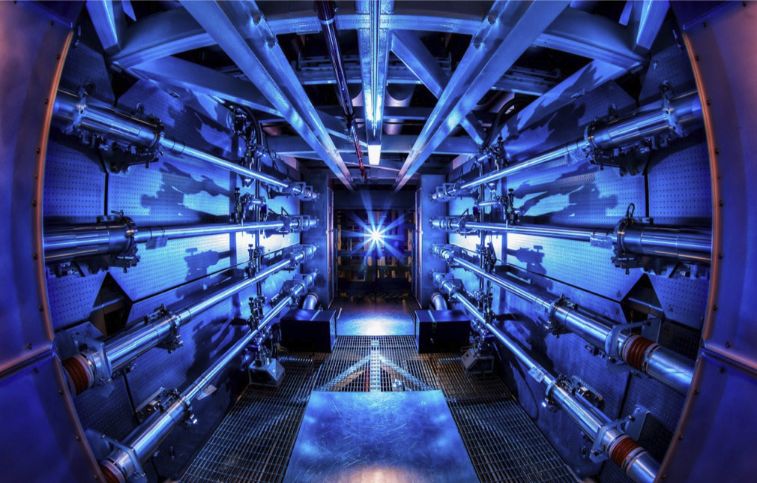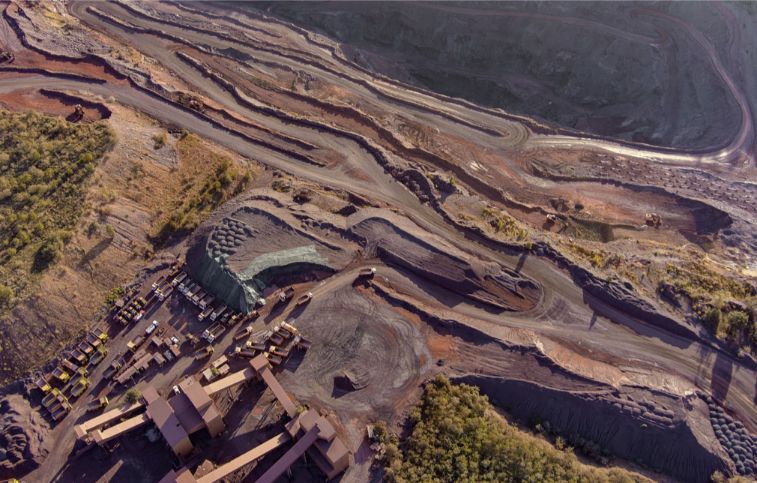Nickel Creek Platinum Corp. (TSX: NCP) has recently disclosed results from the studies conducted by Dr. Gregory Dipple at CarbMinLab, the University of British Columbia, on the Company’s behalf. These results have shown that the composite sample could capture CO2, with an estimated carbon sequestration rate of 34.4 kt CO2 yearly (2.1 kt CO2 per Mt tailings). Stuart Harshaw, President and Chief Executive Officer of Nickel Creek, expressed his enthusiasm, stating that this discovery gives Nickel Creek a chance to significantly reduce its carbon footprint by capturing CO2 emissions. Harshaw further remarked that this could be a great benefit for downstream processors of nickel, especially those catering to the Electric Vehicle (EV) battery market, where decreased carbon footprint is of utmost importance for a greener economy.
Nickel Shaw Project’s Wellgreen deposit, mainly situated in ultramafic rocks, contains significant amounts of Ni-Cu-Platinum-Group Elements. The deposit’s Carbon Capture and Storage potential are being examined based on the samples taken from Nickel Creek. CarbMinLab’s initial research revealed the existence of brucite (a magnesium mineral known to interact swiftly with the atmospheric CO2) in a section of samples, with the concentrations ranging from 1 to 3% as per the thermogravimetric analysis and leach tests.
To assess the passive reactivity of brucite-bearing processed mine waste from the Wellgreen Deposit of the Nickel Shaw Ni-Cu-PGM Project, a survey chamber was employed to gauge the influx of CO2 into solution and the growth in inorganic carbon from carbonate mineralization. After 28 days, a composite sample was found to capture 2.1 grams of CO2 per kg material. To maintain the sample, deionized water was added daily, and the composite was mixed five days a week to keep brucite on the surface. To validate the CO2 influx measurements, TIC was calculated on carbonated subsamples to gauge the increase due to mineralized CO2. If implemented, passive sequestration on the scale of kilotonnes of CO2 per year could be beneficial in diminishing the carbon footprint from mining the Wellgreen Deposit.
According to internal desktop assessments, an estimated 9 to 16.4 million metric tons of tailings are produced annually. The study’s results would allow for the maximum absorption of 34.4 thousand metric tons of CO2 per annum (2.1 thousand tons of CO2 per million metric tons of tailings). The pace of tailings deposition, the moisture content of processed tailings, the type of tailings storage (above or below the water surface), and the regional climate influence the passive rates.
It is important to remember that the combination of samples used in this research does not precisely reflect the entire Wellgreen deposit. The organization is currently examining additional work, which will involve constructing a mineralogy model based on the project’s geochemical data to appraise the spatial spread of rocks within the Wellgreen deposit that possess a great ability to store carbon.












